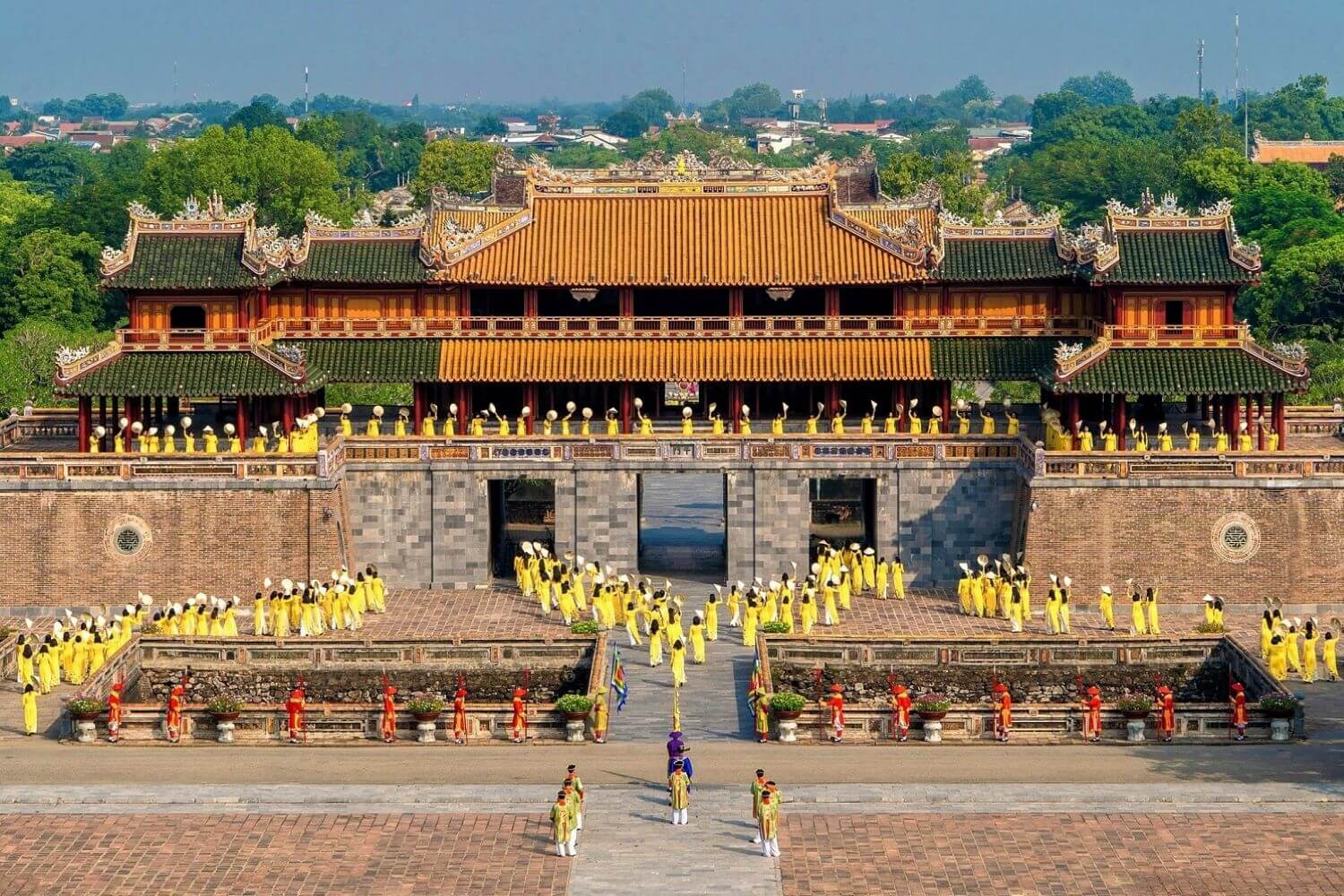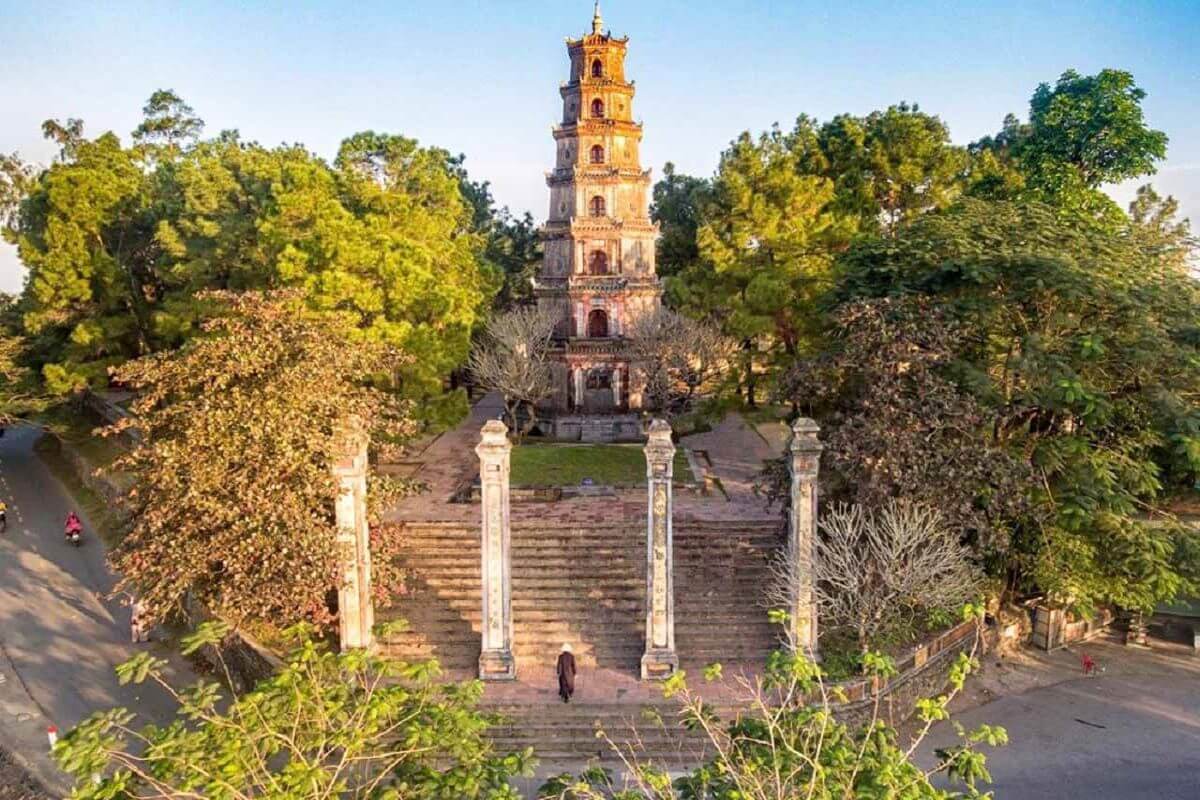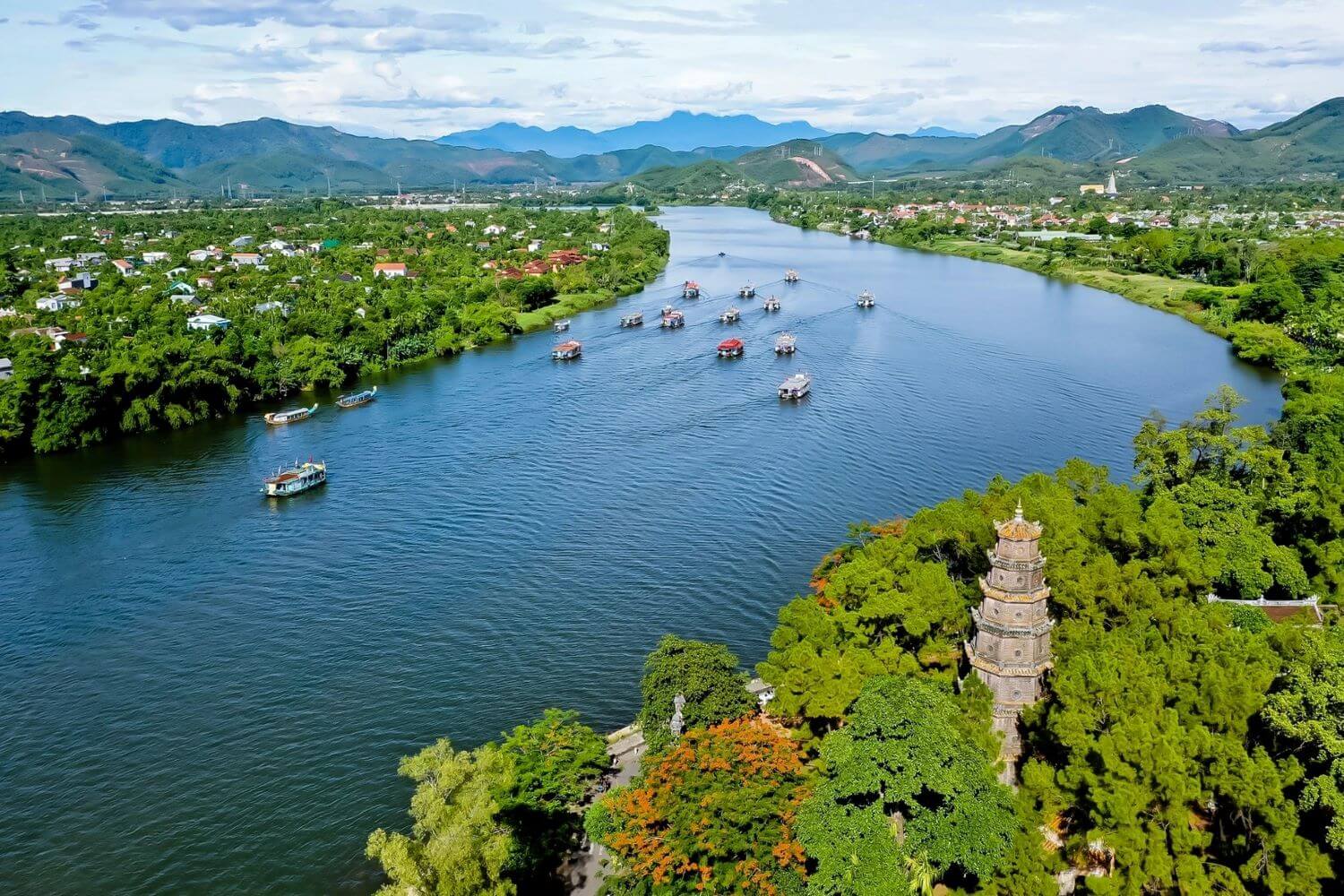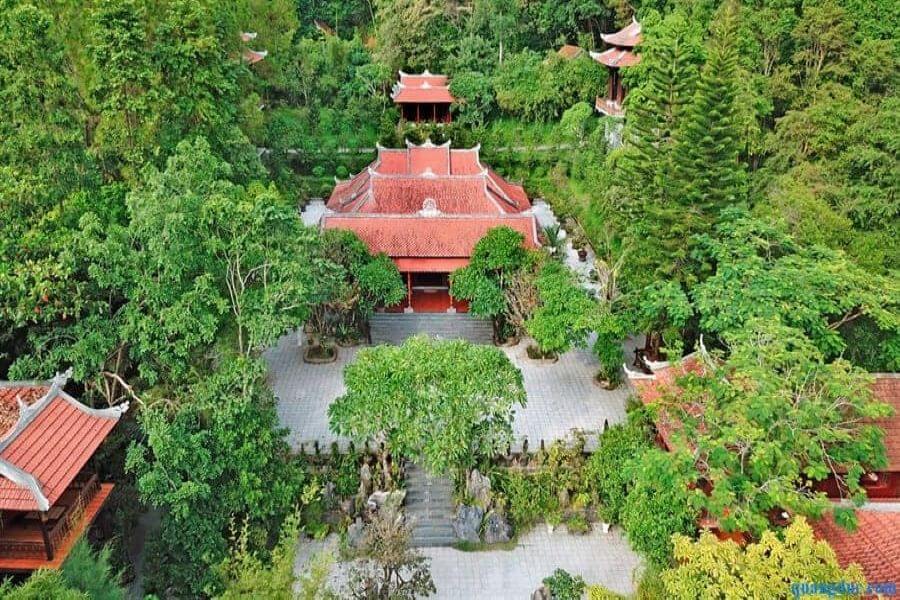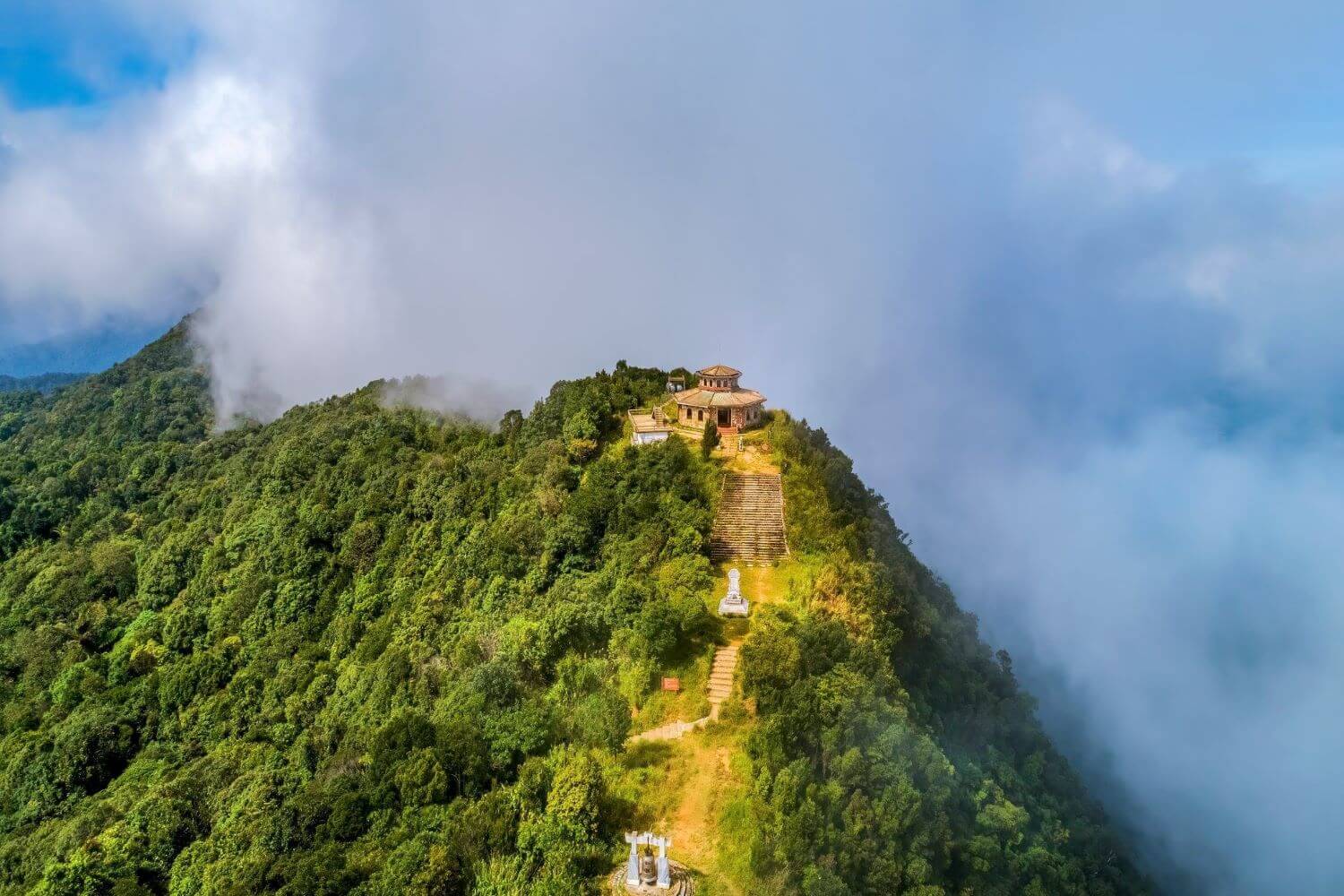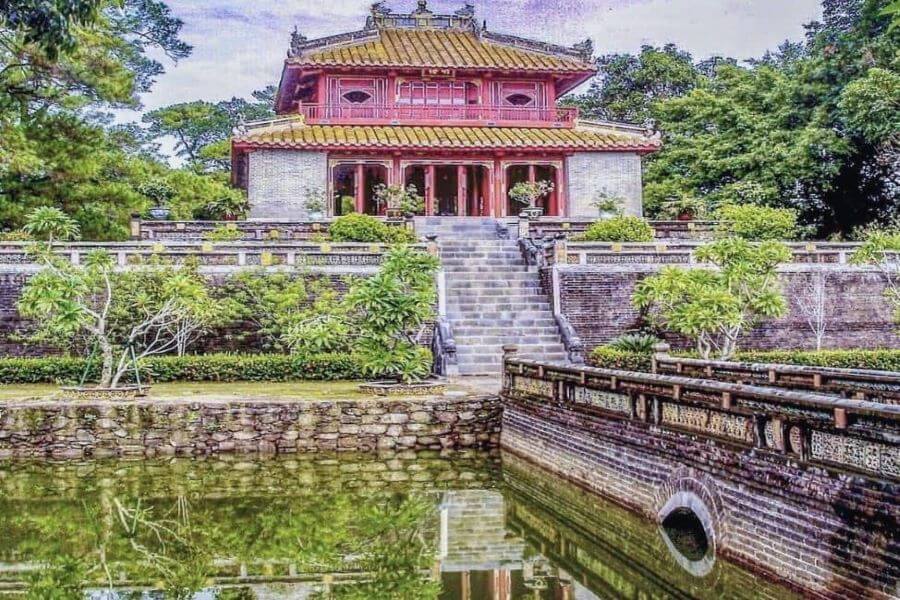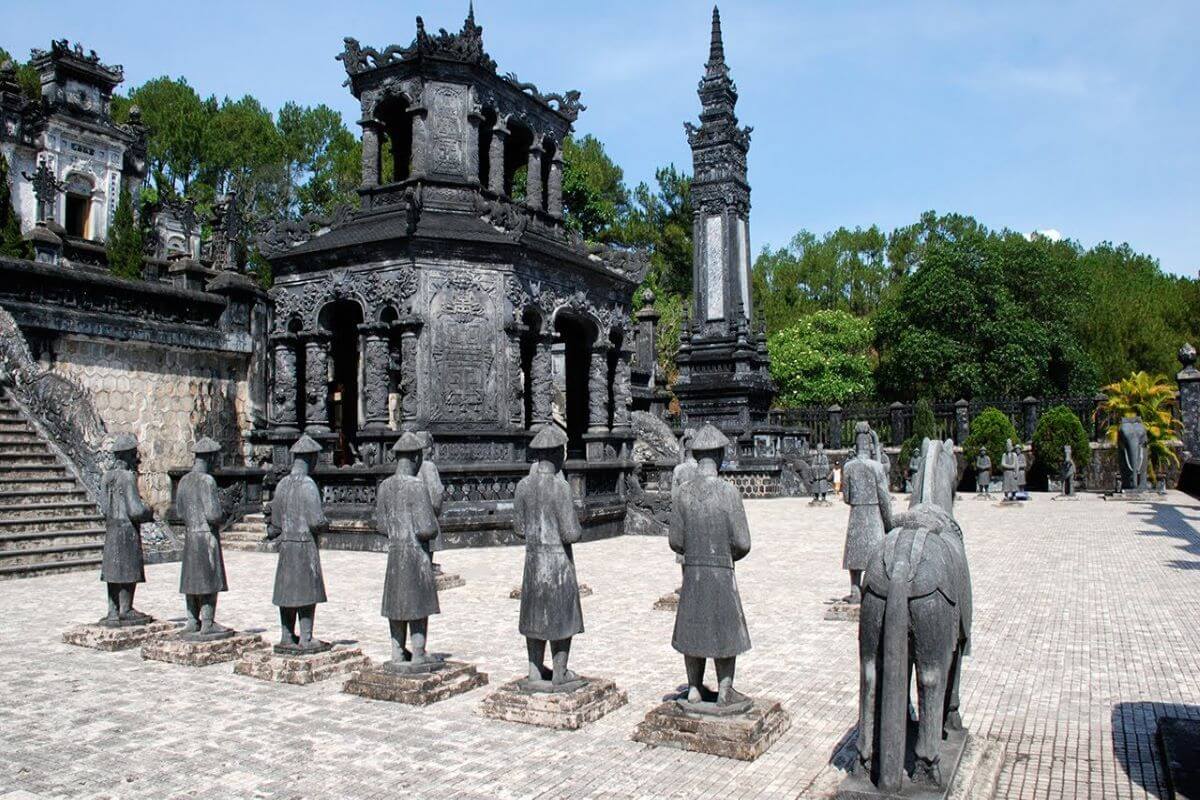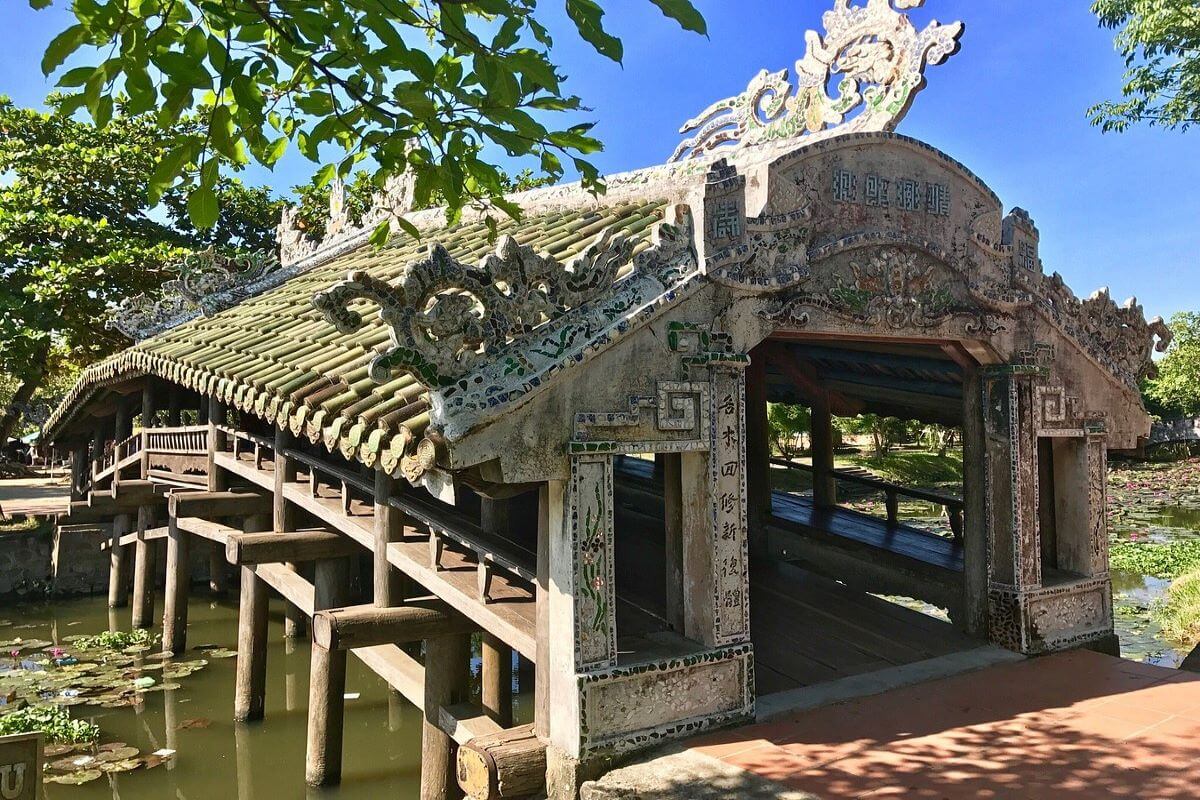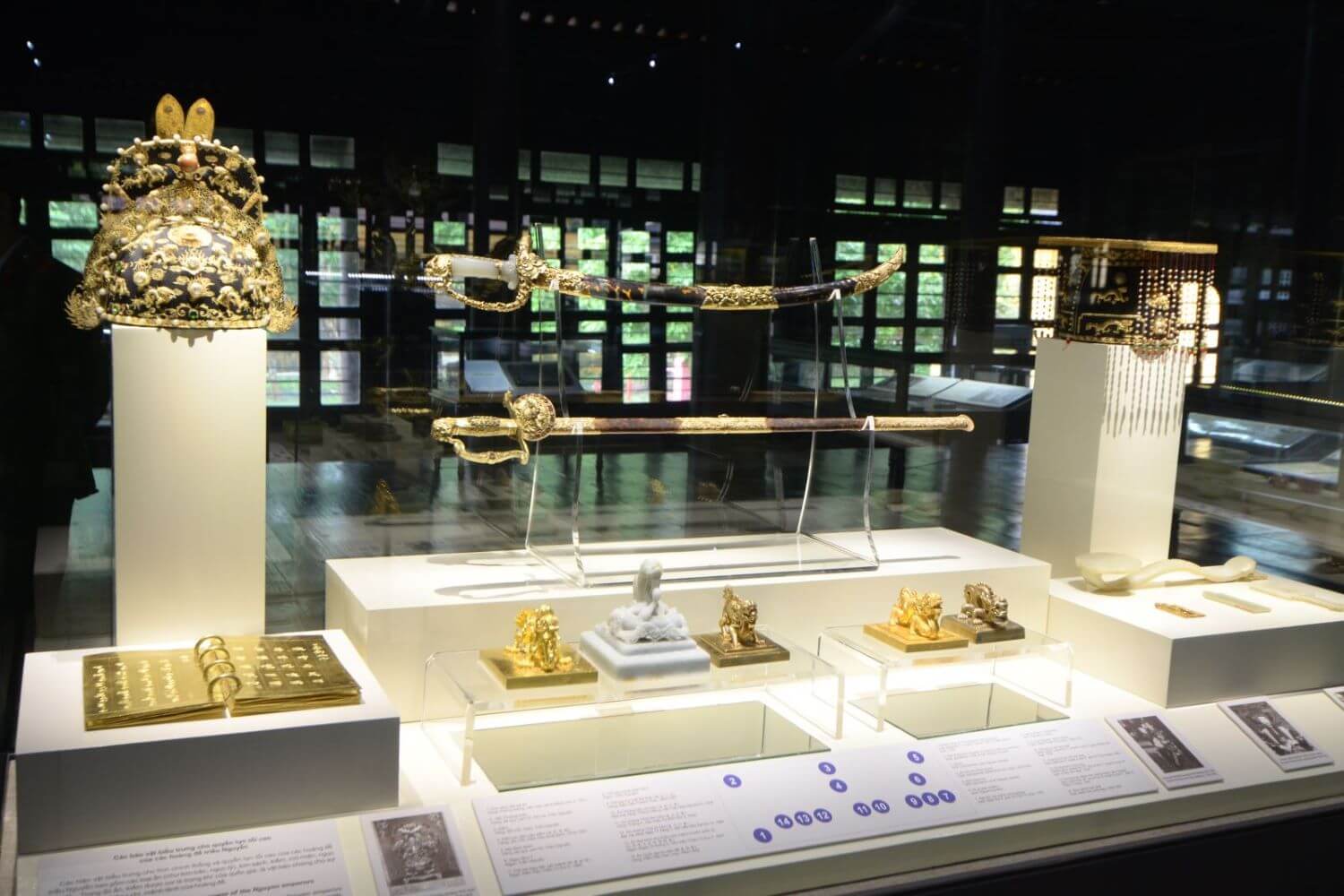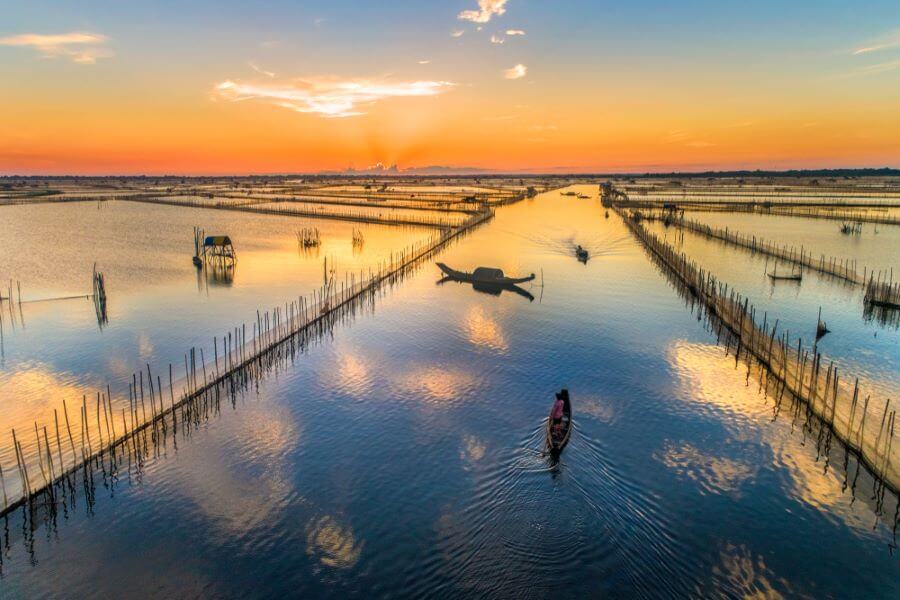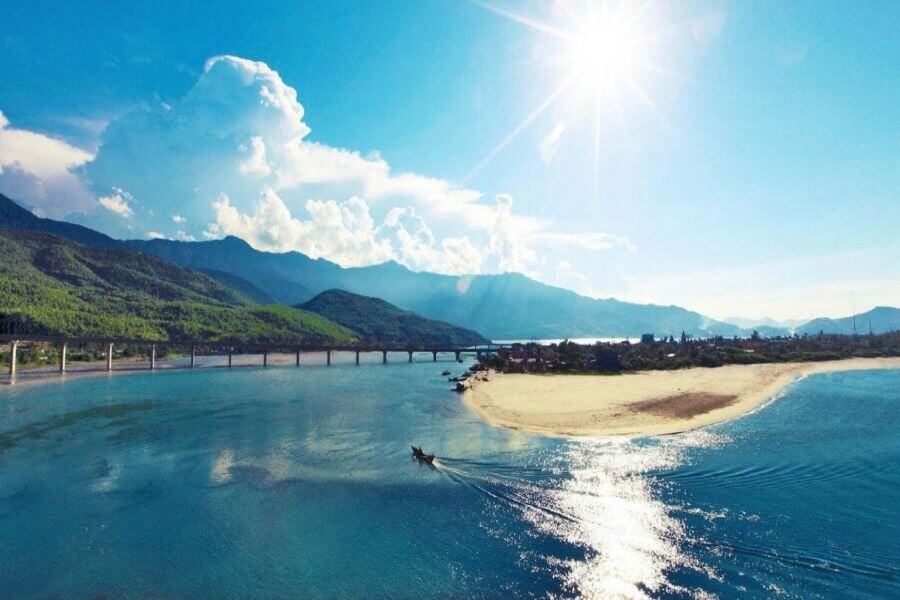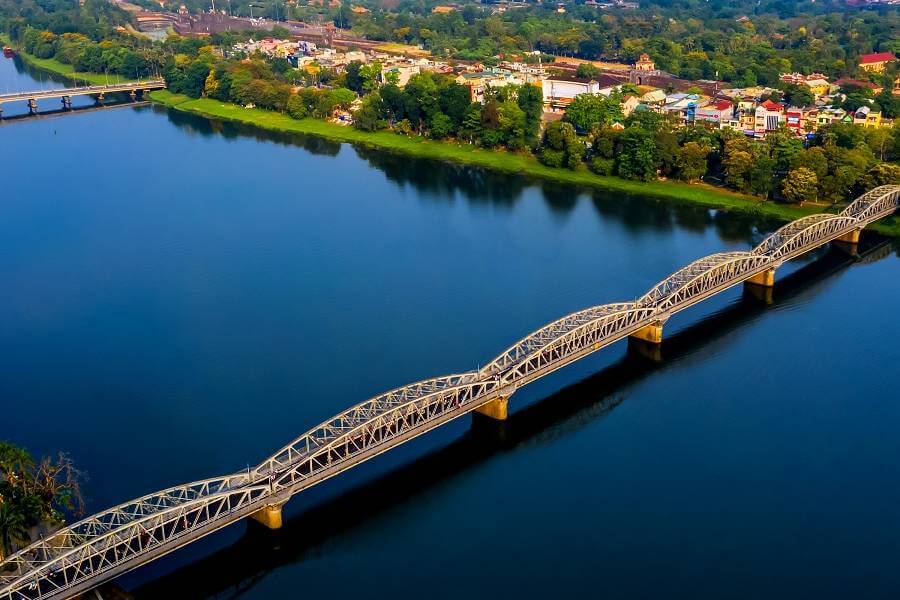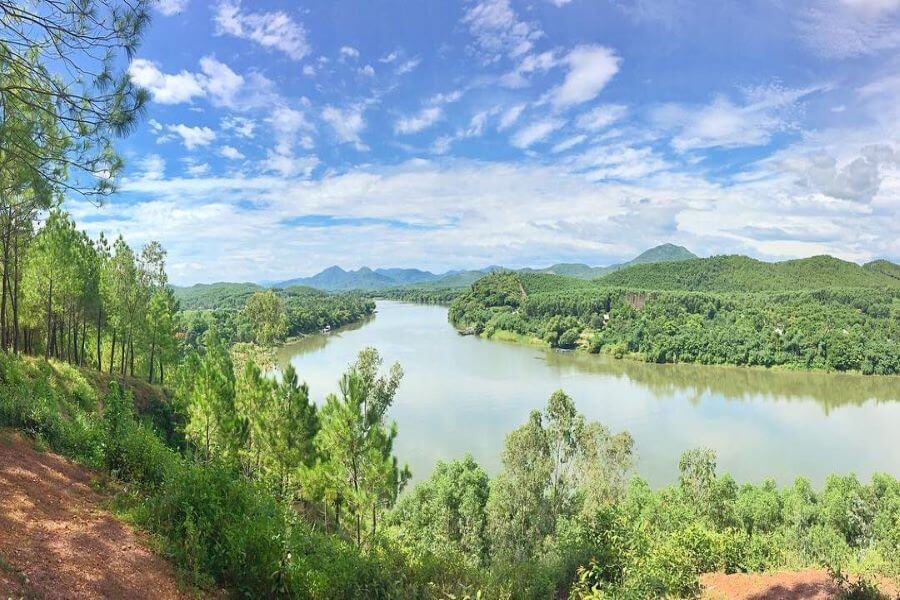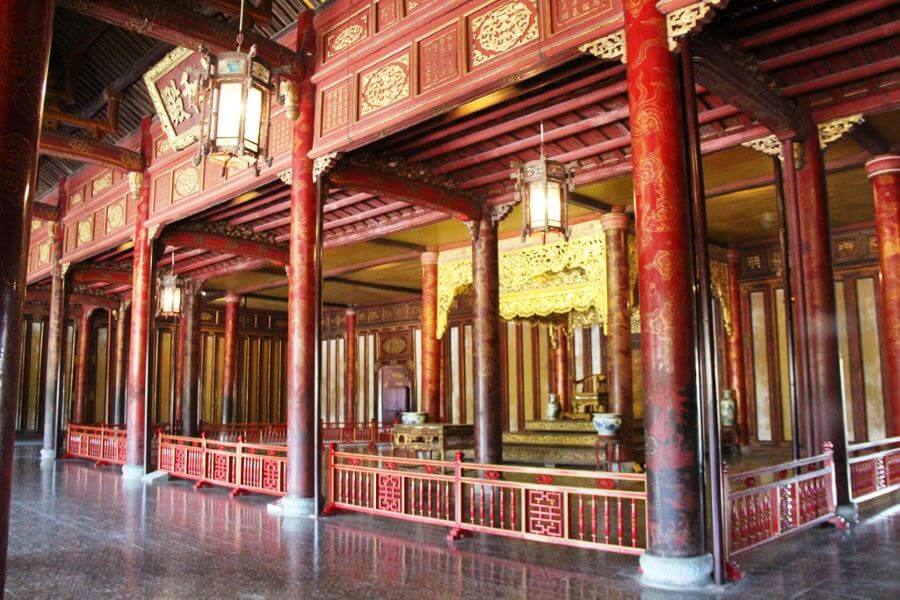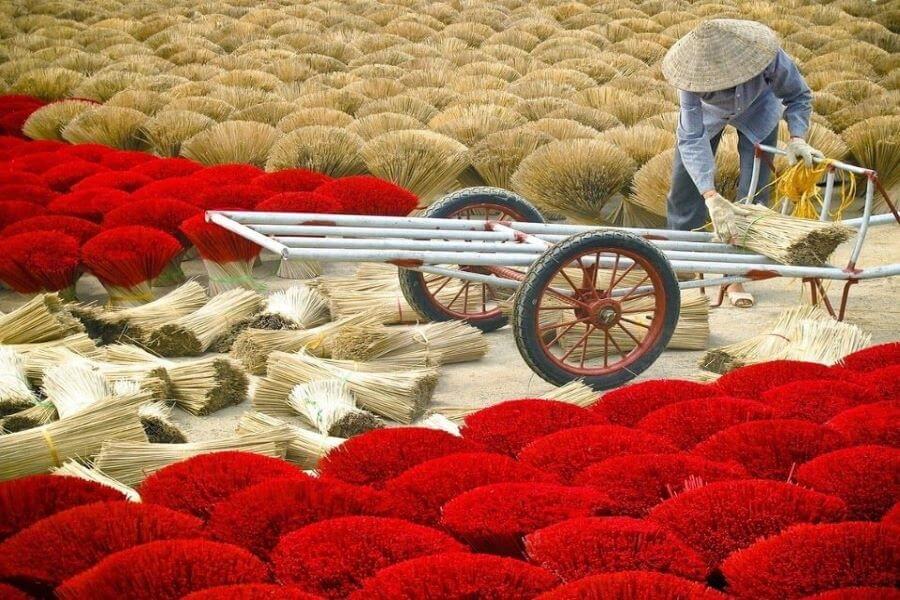Hue Imperial City
Hue Imperial City is a magnificent historic site located in the city of Hue, Vietnam. Constructed in the early 19th century, this sprawling complex served as the political and cultural center of the Nguyen Dynasty for over a century. The Hue Imperial City is surrounded by massive walls and a moat, enclosing a vast area that contains palaces, temples, and other significant structures. Visitors to this UNESCO World Heritage site can explore the beautiful gardens and ornate buildings that were once used by the emperors and their royal court. With its intricate architecture and rich cultural history, the Hue Imperial City is a fascinating destination for tourists and history buffs alike, offering a glimpse into Vietnam's past and its imperial legacy.

